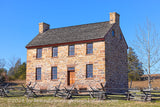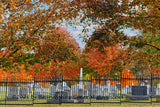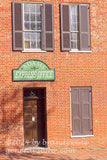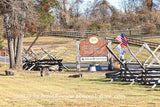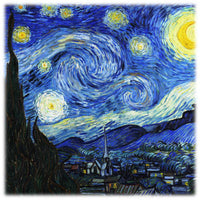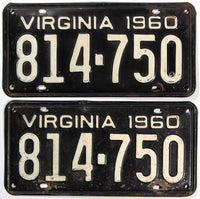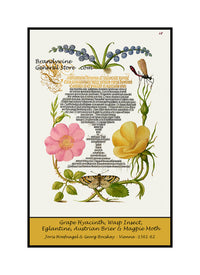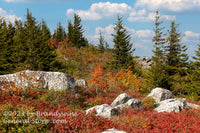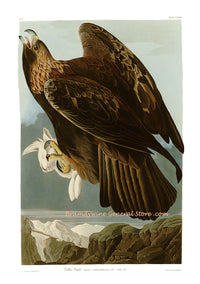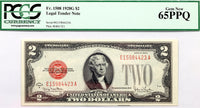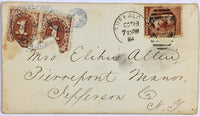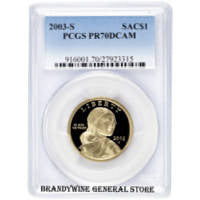Wild Turkey Hen by John James Audubon
An archival premium quality art print of the Wild Turkey Hen by John James Audubon for his ornithology book The Birds of North America for sale by Brandywine General Store. This large North American game bird was plate or picture #06 in this large ornithology volume. Mr Audubon shows a large turkey hen and several of her young offspring or poults, which are following her through a grassy field in search of food. Meleagris Gallopavo - Audubon says the following about the wild turkey hen "About the middle of April, when the season is dry, the hens begin to look out for a place in which to deposit their eggs. This place requires to be as much as possible concealed from the eye of the Crow, as that bird often watches the Turkey when going to her nest, and, waiting in the neighbourhood until she has left it, removes and eats the eggs. The nest, which consists of a few withered leaves, isplaced on the ground, in a hollow scooped out, by the side of a log, or in the fallen top of a dry leafy tree, under a thicket of sumach or briars, or a few feet within the edge of a cane-brake, but always in a dry place. The eggs, which are of a dull cream colour, sprinkled with red dots, sometimes amount to twenty, although the more usual number is from ten to fifteen. When depositing her eggs, the female always approaches the nest with extreme caution, scarcely ever taking the same course twice; and when about to leave them, covers them carefully with leaves, so that it is very difficult for a person who may have seen the bird to discover the nest. Indeed, few Turkeys' nests are found, unless the female has been suddenly started from them, or a cunning Lynx, Fox, or Crow has sucked the eggs and left their shells scattered about. When an enemy passes within sight of a female, while laying or sitting, she never moves, unless she knows that she has been discovered, but crouches lower until he has passed. I have frequently approached within five or six paces of a nest, of which I was previously aware, on assuming an air of carelessness, and whistling or talking to myself, the female remaining undisturbed; whereas if I went cautiously towards it, she would never suffer me to approach within twenty paces, but would run off, with her tail spread on one side, to a distance of twenty or thirty yards, when assuming a stately gait, she would walk about deliberately, uttering every now and then a cluck. They seldom abandon their nest, when it has been discovered by men; but, I believe, never go near it again when a snake or other animal has sucked any of the eggs. If the eggs have been destroyed or carried off, the female soon yelps again for a male; but, in general, she rears only a single brood each season. Several hens sometimes associate together, I believe for their mutual safety, deposit their eggs in the same nest, and rear their broods together. I once found three sitting on forty-two eggs. In such cases, the common nest is always watched by one of the females, so that no Crow, Raven, or perhaps even Pole-cat, dares approach it. The mother will not leave her eggs, when near hatching, under any circumstances, while life remains. She will even allow an enclosure to be made around her, and thus suffer imprisonment, rather than abandon them. I once witnessed the hatching of a brood of Turkeys, which I watched for the purpose of securing them together with the parent. I concealed myself on the ground within a very few feet, and saw her raise herself half the length of her legs, look anxiously upon the eggs, cluck with a sound peculiar to the mother on such occasions, carefully remove each half-empty shell, and with her bill caress and dry the young birds, that already stood tottering and attempting to make their way out of the nest. Yes, I have seen this, and have left mother and young to better care than mine could have proved,--to the care of their Creator and mine. Audubon Birds art print #06



